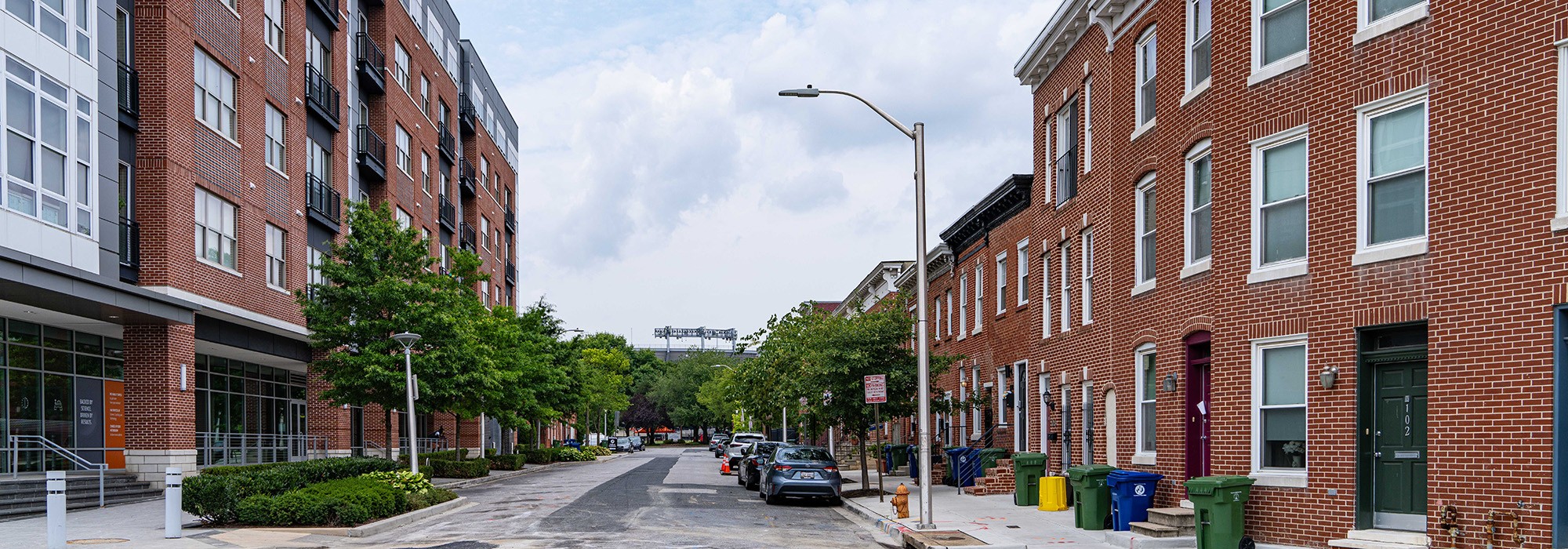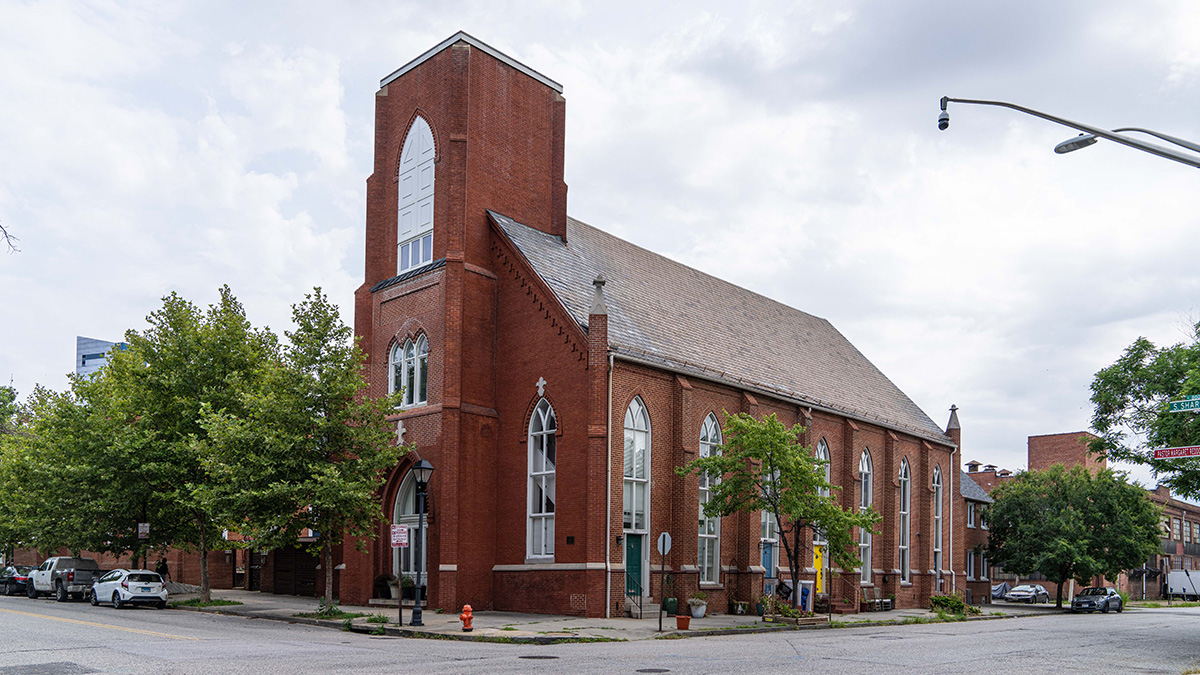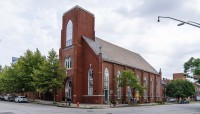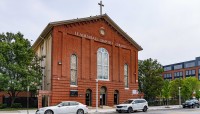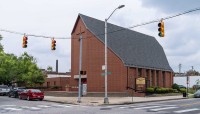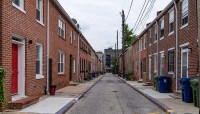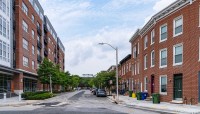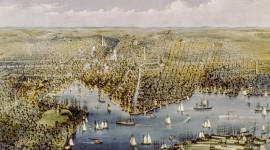Landscape Information
Located between Hannover Street and I-395, this 45-acre neighborhood incorporates a portion of a larger South Baltimore community established by formerly enslaved African Americans and German immigrants in the late eighteenth century. The community was home to prominent African American intellectuals and institutions and likely played a role in the Underground Railroad. In 1789 the Maryland Society for the Promotion of the Abolition of Slavery (a.k.a. the Baltimore Abolitionist Society) was established in the community. In 1897 the society opened the African Academy of Baltimore, the nation’s first school built for African Americans.
Bordered by railroad tracks (to the west), by the late nineteenth century industrialization increasingly characterized the neighborhood; more so following the opening of the Hannover Street Bridge in 1916 and a 1931 rezoning for heavy industry. In the 1960s urban renewal and highway projects altered the layout of the neighborhood, with 360 residences and 3000 people relocated in 1966. The construction of I-395 dramatically impacted the neighborhood, displacing 620 families (80 percent of whom were African American) between 1968 and 1974.
Today the densely developed neighborhood is crossed by streets and alleys that frame irregularly shaped blocks. The eastern portion of the community features nineteenthand some rare eighteenth-century rowhouses bordered by narrow sidewalks planted with deciduous canopy trees. The north-south oriented Leadenhall Street serves as the neighborhood’s western spine and is bordered by the 5.2-acre Solo Gibbs Park (1979) between Hamburg and West Streets. Opposite the park is the Leadenhall Baptist Church (1873), one of the city’s oldest churches continuously used by an African American congregation. Immediately north of the neighborhood at the intersection of West Hill and Sharp Streets is an English elm, purportedly planted by Frederick Douglass. In 1979 the church was listed in the National Register of Historic Places.



